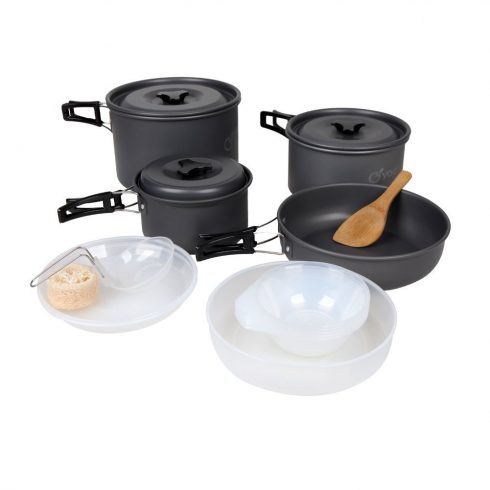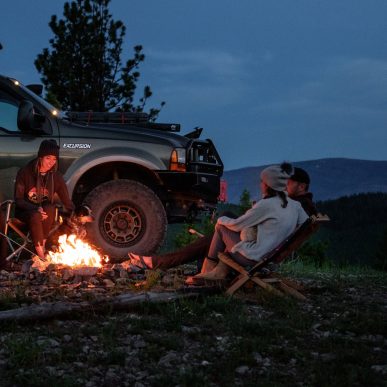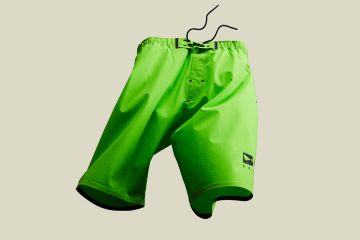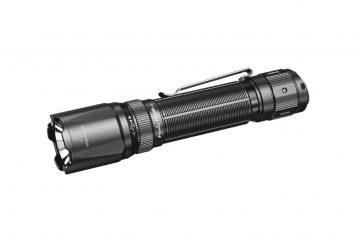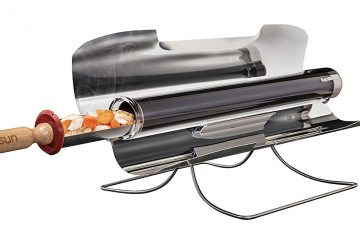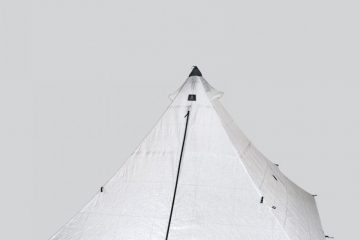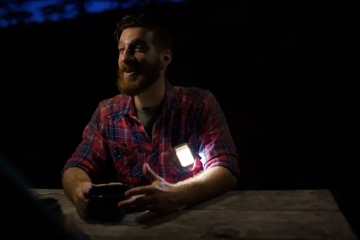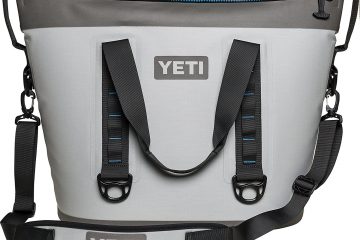Tired of the daily frenetic life and need a vacation to relax and enjoy? Well, there is nothing better than going fishing! While fishing may seem difficult for beginners, it is quite enjoyable and easy to do with the help of a gear.
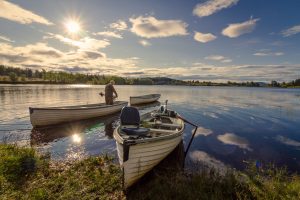 Fishing is not just a sport; it has its own added benefits. The fast pace of life takes a toll on everybody, and let’s face it, we all need to slow down once in a while, and fishing helps you do that! It is a great stress-reliever and an excellent way to bond with friends and family.
Fishing is not just a sport; it has its own added benefits. The fast pace of life takes a toll on everybody, and let’s face it, we all need to slow down once in a while, and fishing helps you do that! It is a great stress-reliever and an excellent way to bond with friends and family.
So let’s relish the sunshine and catch some fish!
Contents
- Things You Need to Know to Get Started
- How to Choose a Location
- Checking the Weather
- Do a Parameter Check
- Focus on Structure and Vegetation
- The Temperature of Water
- Get the Proper Tools and Gear
- Your First Fishing Rod
- A Tackle Box
- A Small First Aid Kit
- Personal Equipment
- Basic Skills
- Planning for the Day
- What Are You Waiting For? Let’s Get Fishing!
Things You Need to Know to Get Started
First, you need a state fishing license and outdoor cards. Then you need to choose the perfect location for your outing and plan your day accordingly.
How to Choose a Location
An ideal fishing spot (known as the hotspot) is essential for a wholesome experience. If you want to win this hide and seek game, you need to find the place where the fish are lying low. Here’s how you do that.
 Checking the Weather
Checking the Weather
It is crucial to know what season you are in and what type of weather and temperature you will face throughout the day. These factors not only affect you but also the species of fish you target. It’s not easy to find the right spot; hence, it’s better to focus on a specific fish species to be more successful.
Do a Parameter Check
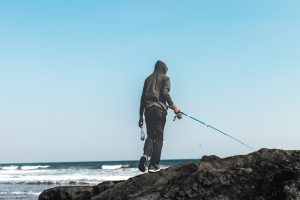 If you have decided on a location, don’t forget to walk around the water looking for sure signs. The water’s depth and temperature and the vegetation around are good indicators of where the baitfish are. Keep an eye on the birds; they usually fly around the area where the fishes hide.
If you have decided on a location, don’t forget to walk around the water looking for sure signs. The water’s depth and temperature and the vegetation around are good indicators of where the baitfish are. Keep an eye on the birds; they usually fly around the area where the fishes hide.
Focus on Structure and Vegetation
Most fish are hiding under docks, logs, or ledges, so that’s an excellent place to start. If you want to make your trip more thrilling, bring a boat and find some Lilly pads, Hyacinth or Hydrillas in the water body. Here are some fishing boats for sale if you go the boating route.
The Temperature of Water
Depending on your target species, you need to choose whether you will fish in an area where the water is warm or cold.
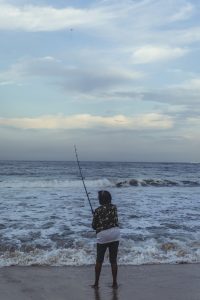 Once all these factors are settled, you will find that perfect spot.
Once all these factors are settled, you will find that perfect spot.
Get the Proper Tools and Gear
You need to pack some fishing tools and equipment to get started and some extra clothes in case you accidentally have to swim with the fishes.
Your First Fishing Rod
If you are looking for an affordable, beginner-friendly fishing rod, a Spinning Rod is the best option for you. The rod is 5 to 8.5 feet and has an open-face with a cover that can be tossed up and down. They are also easy to carry due to their lightweight characteristic.
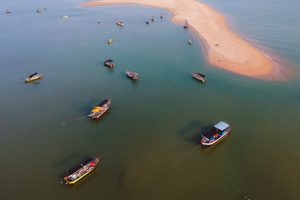 If a spinning rod isn’t available, there are other options, one of which would be the Spin-caster. It has a stationary spool, makes reeling a line as easy as a push of a button. The bet on amongst these would be the ones made of fiberglass.
If a spinning rod isn’t available, there are other options, one of which would be the Spin-caster. It has a stationary spool, makes reeling a line as easy as a push of a button. The bet on amongst these would be the ones made of fiberglass.
Another great alternative would be Bait-caster. It has a revolving reel spool, which is placed perpendicular to the rod. It is an excellent rod for catching a variety of fish (more on the heavier side). However, mastering this rod takes practice and skill.
Keep your children under supervision while they use these rods as it could quickly turn into a hazard.
A Tackle Box
Don’t forget to carry these essential things in your beginner’s tackle box (intended for fishing equipment). Make a checklist and tick the following items before you leave.
· Circle fishing hooks (preferred sizes 6, 8, or 10)
· Split shot fishing sinkers
· Small fishing floats
· In-Line spinnerbait (small)
· Round-head jigs (preferred size ½, ¼, 1/8 or 1/16 ounces)
· Curly tail fishing grubs
· Live bait. Or plastic worm
· A pair of clippers and pliers
If you don’t have a tackle box, then don’t worry, a % gallon bucket works too! It also gives you a place to sit and rest.
A Small First Aid Kit
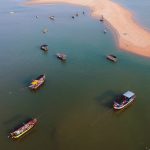 This kit should include any medications you take along with the standard tools of safety, sunscreen, and a MANDATORY life jacket. Bug sprays are essential because you don’t want to miss a fish trying to kill a bug. Also, remember to carry coolers (one for two people).
This kit should include any medications you take along with the standard tools of safety, sunscreen, and a MANDATORY life jacket. Bug sprays are essential because you don’t want to miss a fish trying to kill a bug. Also, remember to carry coolers (one for two people).
Personal Equipment
Along with fishing tools, you need to pack things that are important for you. Always carry the following:
· Groceries
· Toiletries
· Sleeping bags
· Flashlights
· Extra clothes
· Rain protecting gear
· Landing net
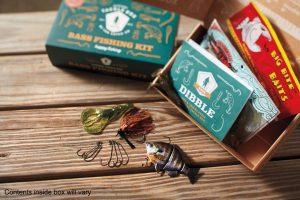
Basic Skills
Learning a few skills beforehand would be of use. For instance, you would need to know how to tie a few basic knots to fix your hook into the line. Some useful knots are:
· The clinch knot
· The double surgeon’s knot
· The Palomar knot
Planning for the Day
You are almost ready. All you need to do is set up your tent (if you are not in the middle of the lake or sea). Make sure there is a lot of space around. You may want to carry some board games and cards for the time when the fish don’t bite.
Plan your meals for the day since you will be packing the groceries accordingly. Don’t forget to pack all types of clothes to suit any weather in case mother nature decides to take a turn of events (don’t bring bags of clothes though!).
Most importantly, just have fun!
What Are You Waiting For? Let’s Get Fishing!
Be a part of this fantastic experience. Pack your bags now and get sailing – because trust me, you do not want to miss out on the adrenaline rush you get from catching your first fish.
If you start, there is no coming back because once you have tasted the ecstasy of fishing, you will definitely be HOOKED!
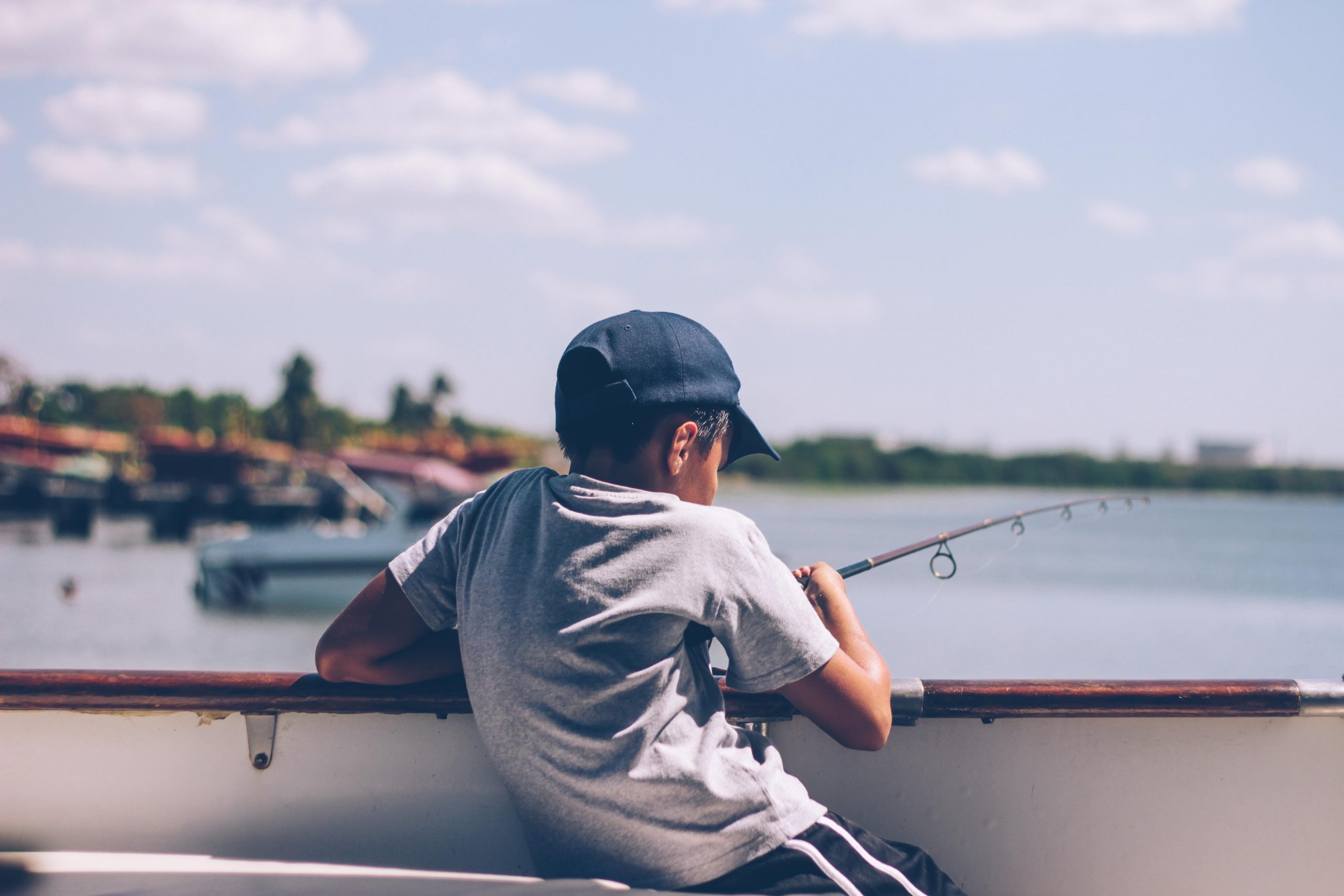
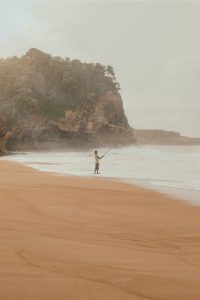 Checking the Weather
Checking the Weather